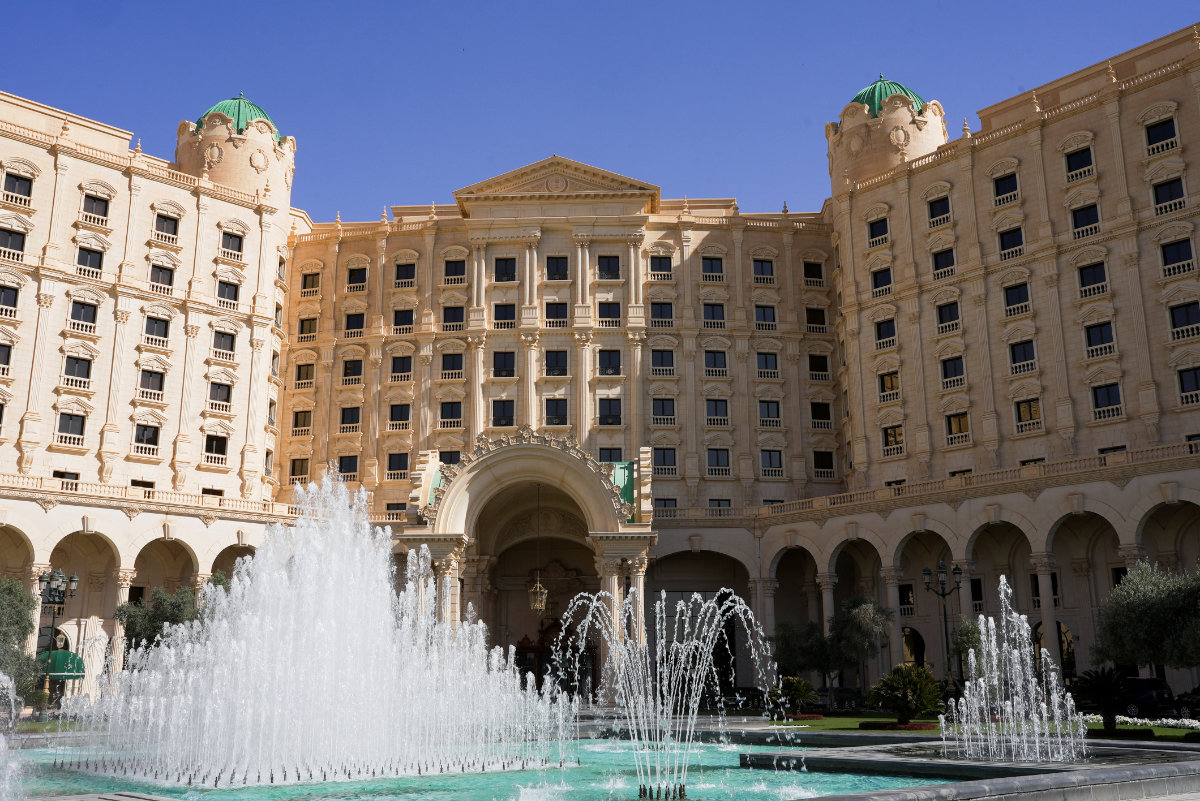Navigating the ethical landscape of AI in the classroom

https://arab.news/zp563
In the sprawling metropolis of Techville, a peculiar dance between man and machine unfolds on a daily basis. At the heart of this intricate waltz lies the enigmatic realm of artificial intelligence, where lines blur between what is programmed and what is ethical.
As Techville’s denizens grapple with the moral maze of AI, one question looms larger than a server farm: Can we trust our silicon-based overlords to play nice?
In the bustling corridors of Techville’s cutting-edge research labs, AI algorithms are crafted with the precision of a master chef concocting the perfect recipe. Yet, in this quest for digital nirvana, mishaps are as common as bugs in beta software. One particularly contentious issue revolves around the integration of AI into higher education.
Proponents argue that AI can revolutionize learning, offering personalized curriculums tailored to each student’s unique needs. With the right algorithm, even the most disinterested students might find themselves captivated by quadratic equations or the intricacies of Shakespearean sonnets.
But hold your horses, dear reader, for not all is sunshine and rainbows in the land of AI education. Critics raise the alarm about the inherent biases lurking within these digital tutors. In Techville’s institutions of higher learning, where textbooks are replaced with tablets and lectures are live streamed in virtual reality, a battle rages.
As the philosopher Plato once opined: “The direction in which education starts a man will determine his future life.” But when that direction is skewed by the biases of algorithms and data sets, does the road to enlightenment lead to a dead end?
Consider the case of AI-powered grading systems, touted as the saviors of overwhelmed professors drowning in a sea of term papers. Yet, beneath the veneer of efficiency lies a Pandora’s box of biases, where zip codes and surnames become the unwitting judges of academic merit.
Picture this: You are a bright-eyed student, eager to soak up the wisdom of the ages in the hallowed halls of higher education. But wait, there is a twist. Your professors are not flesh and blood; they are algorithms, programmed to teach, grade and occasionally crack a digital joke.
In the immortal words of Socrates: “Education is the kindling of a flame, not the filling of a vessel.” But when that flame is fueled by data sets riddled with societal prejudices, who gets burned in the end?
Beneath the veneer of efficiency lies a Pandora’s box of biases, where zip codes and surnames become the unwitting judges of academic merit.
Rafael Hernandez de Santiago
As the brightest minds converge in pursuit of knowledge and innovation, the specter of bias casts a long shadow over higher education. In the famous words of Aristotle: “Educating the mind without educating the heart is no education at all.” But when the heart of AI algorithms beats to the rhythm of societal prejudices, what becomes of the pursuit of truth?
Take, for instance, the case of admissions algorithms tasked with selecting the next generation of Techville students. In a city where diversity is celebrated, these algorithms wield the power to shape the future of entire generations. Yet, in their quest for efficiency, they often fall prey to the very biases they were designed to mitigate.
In the case of AI-powered hiring algorithms designed to sift through resumes with impartiality, beneath the surface lies a labyrinth of biases, where again names, genders and zip codes become weighted variables in an algorithmic equation gone awry. But when those individuals are reduced to mere data points in an AI calculation, what becomes of meritocracy?
In a city where innovation often outpaces introspection, courage may be the rarest commodity of all. As Techville marches boldly into the future, one line of code at a time, the question remains: Will AI be our salvation or our undoing? In this grand theater, where innovation and ethics engage in a perpetual pas de deux, the only certainty is uncertainty itself.
As the wise Islamic philosopher Ibn Khaldun once stated: “The world of today is not the one of yesterday. Tomorrow will be different from today. Do not expect things to remain the same.” And it was Avicenna who once said: “The more brilliant the lighting, the quicker it disappears.”
Perhaps, just perhaps, we will find our way through the maze of AI ethics, emerging on the other side wiser, kinder and infinitely more human. For, in the end, it may be our humility, not our technology, that guides us through the labyrinth of AI and ethics in the city of tomorrow.
• Rafael Hernandez de Santiago, viscount of Espes, is a Spanish national residing in Saudi Arabia and working at the Gulf Research Center.































